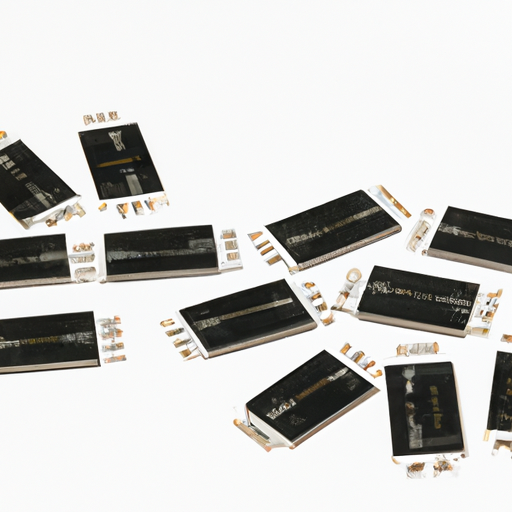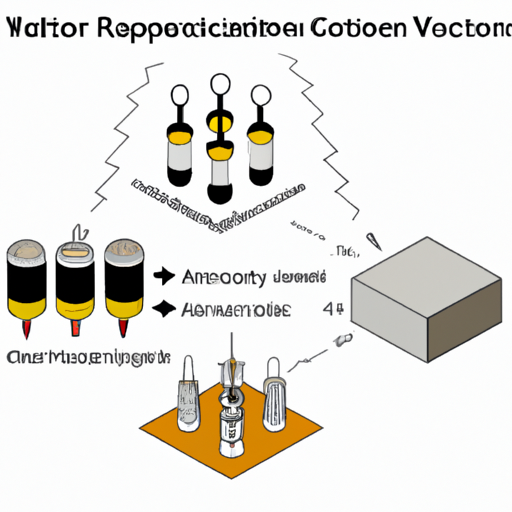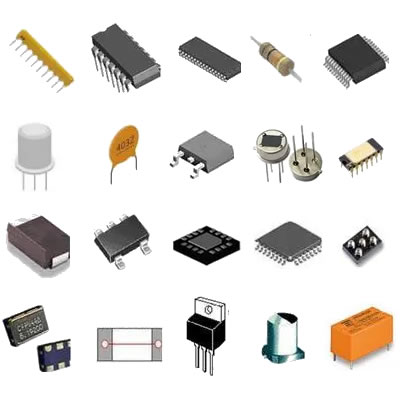CFR-50JB-52-1K3 DIACs, SIDACs highlighting the core functional technology articles and application development cases of DIACs, SIDACs that are effective.
Overview of DIACs and SIDACs
DIACs (Diode for Alternating Current) and SIDACs (Silicon Diode for Alternating Current) are crucial semiconductor devices in power electronics, known for their ability to control and protect electrical circuits. Their unique characteristics make them suitable for a variety of applications, particularly in AC environments.
Core Functional Technology
1. DIACs (Diode for Alternating Current) - **Bidirectional Conductivity**: DIACs can conduct current in both directions once the applied voltage exceeds a specific breakover voltage. This feature allows them to be used effectively in AC circuits. - **Switching Mechanism**: In the off state, DIACs act as an open circuit. When the voltage surpasses the breakover threshold, they switch to the on state, allowing current to flow. This behavior is particularly useful in phase control applications. - **Key Characteristics**: - **Breakover Voltage**: The voltage at which the DIAC switches from off to on. - **Holding Current**: The minimum current required to keep the DIAC in the on state.
2. SIDACs (Silicon Diode for Alternating Current) - **Higher Power Handling**: SIDACs are designed to manage higher power levels compared to DIACs, making them suitable for more demanding applications. - **Robust Structure**: They can withstand higher currents and voltages, and they remain conductive until the current falls below a certain threshold, providing a reliable means of over-voltage protection. - **Key Characteristics**: - **Trigger Voltage**: The voltage that initiates conduction. - **Latching Behavior**: SIDACs remain on until the current drops below a specified level, ensuring effective protection against voltage spikes.
Application Development Cases
1. Light Dimming Circuits - **Implementation**: DIACs are integrated into light dimmers to control the brightness of incandescent bulbs. By adjusting the phase angle of the AC waveform, the power delivered to the lamp can be finely tuned. - **Benefits**: This results in smooth dimming capabilities, energy savings, and enhanced user experience without flickering.
2. Motor Speed Control - **Implementation**: In applications like fan speed controllers, DIACs adjust the speed of AC motors by varying the phase angle of the AC supply. - **Benefits**: This leads to efficient speed control, reduced energy consumption, and prolonged motor lifespan, making it ideal for HVAC systems and industrial fans.
3. Over-Voltage Protection - **Implementation**: SIDACs are employed in surge protection devices to safeguard sensitive electronics from voltage spikes. When a spike occurs, the SIDAC conducts, diverting excess current away from the protected device. - **Benefits**: This application is vital for maintaining the integrity and longevity of electronic components, especially in environments prone to electrical surges.
4. Triggering SCRs in Power Control Applications - **Implementation**: SIDACs serve as reliable triggers for SCRs in various applications, including lighting control, heating elements, and motor drives. - **Benefits**: This enhances the performance and efficiency of power control systems, reducing energy waste and improving operational reliability.
5. Snubber Circuits - **Implementation**: SIDACs are integrated into snubber circuits to protect switching devices from voltage transients. They clamp voltage spikes effectively, ensuring the stability of the circuit. - **Benefits**: This application significantly enhances the reliability of power electronic systems, preventing damage from voltage transients and improving overall system performance.
Conclusion
DIACs and SIDACs play a pivotal role in modern electronic circuits, particularly in power control and protection applications. Their ability to handle AC signals and provide reliable switching mechanisms makes them indispensable in various consumer and industrial applications. As technology continues to evolve, the integration of these devices into more advanced systems will likely expand their effectiveness and application range, driving innovation in power electronics.







